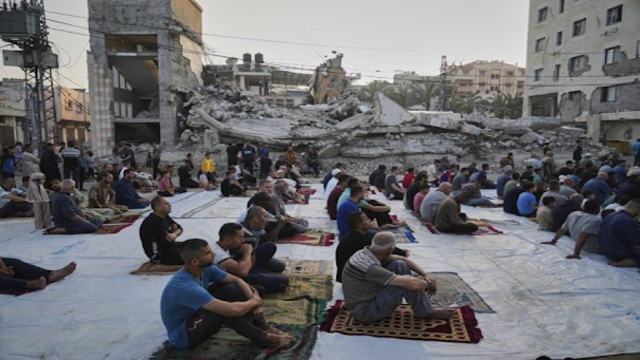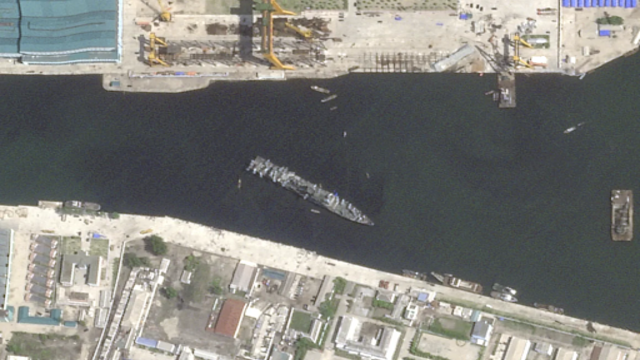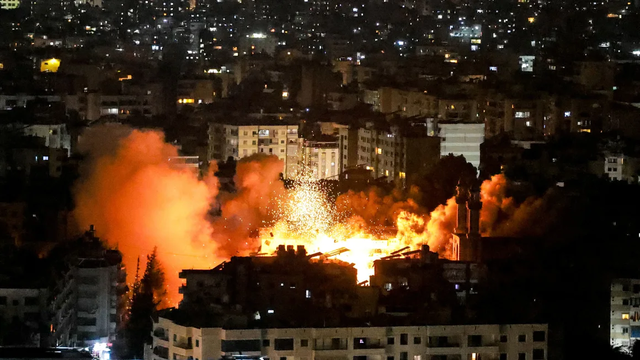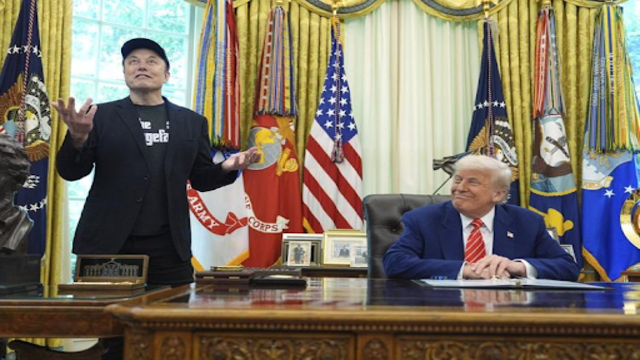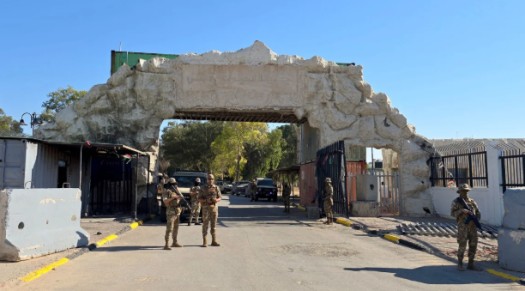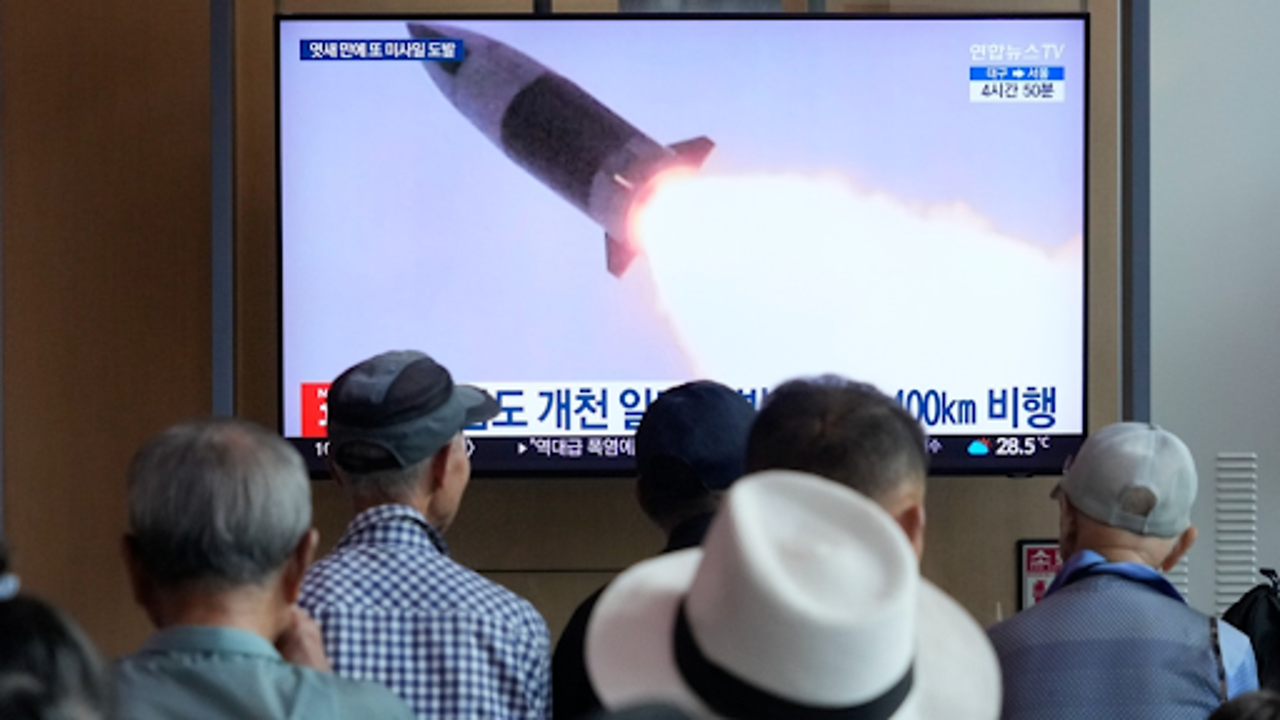
A TV screen displays a previously captured image of North Korea's missile launch during a news broadcast at Seoul Railway Station in Seoul, South Korea, on September 18, 2024. AP Photo
On Wednesday, North Korea launched several ballistic missiles into its eastern seas, a move confirmed by both South Korea and Japan. This act adds to the growing list of military tests North Korea has carried out in recent months, escalating tensions with its neighbours and the United States. The launches come shortly after North Korea provided a rare glimpse into a facility used for enriching uranium, a key component in the development of nuclear weapons. During a recent visit to the facility, North Korean leader Kim Jong Un called for the rapid expansion of the country’s nuclear arsenal.
South Korea's Joint Chiefs of Staff reported that the short-range ballistic missiles were launched from a site north of Pyongyang, North Korea’s capital. The missiles travelled approximately 400 kilometres (244 miles) toward the northeastern part of the country before landing. Although further details about the specific type and capabilities of the missiles have yet to be released, both South Korean and U.S. officials are in close communication and are analyzing the launches together.
Japan's defence ministry also detected the missile launches, but like South Korea, it has yet to confirm the exact type or some missiles. The Japanese coast guard warned vessels in the region to be cautious, as the missiles were believed to have landed in waters between the Korean Peninsula and Japan, outside of Japan’s exclusive economic zone. Japan’s national broadcaster, NHK, confirmed that the missiles did not pose any immediate threat to Japanese territory.
The South Korean Joint Chiefs of Staff condemned the missile tests, calling them a dangerous provocation that jeopardizes peace on the Korean Peninsula. In a statement, they emphasized that the South Korean and U.S. militaries remain vigilant and ready to respond to any potential provocations from North Korea. Both nations continue to strengthen their joint defence posture to counter threats from the North.
Though North Korea has not yet officially acknowledged the missile launches, the recent tests are part of a broader strategy that Kim Jong Un has been pursuing. Just last week, North Korea conducted a series of tests involving its “super-large” 600mm multiple rocket launchers, which the regime claims are capable of delivering nuclear warheads. Military analysts point out that these large rocket systems blur the line between conventional artillery and ballistic missiles due to their ability to generate their own thrust and be guided during flight.
Since last year, North Korea has accelerated its weapons development program, conducting numerous missile tests to enhance the capability of its nuclear arsenal. Many of these weapons are specifically designed to target both the U.S. and South Korea. In response, the U.S. and South Korea have bolstered their joint military exercises and refined their nuclear deterrence strategies to address the North’s growing threat.
Experts believe that Kim Jong Un's ultimate goal is to force the United States into recognizing North Korea as a legitimate nuclear power, thereby gaining leverage in negotiations for economic and security benefits. By expanding its nuclear arsenal, North Korea aims to strengthen its position and secure concessions from a position of power.
Last week’s rare disclosure of the uranium enrichment facility signals North Korea’s intent to continue growing its nuclear capabilities. During his visit to the facility, Kim stressed the importance of exponentially increasing the number of nuclear weapons in response to what he described as U.S. hostility. North Korean state media published images of Kim inspecting rows of centrifuges used to produce weapons-grade uranium, but they did not disclose the exact location of the facility.
Looking ahead, analysts speculate that North Korea may be planning a significant military event, such as a nuclear test or long-range missile launch, in the coming months. This could coincide with the U.S. presidential election in November, as North Korea may seek to influence the outcome and increase its bargaining power in future negotiations with the incoming administration.



